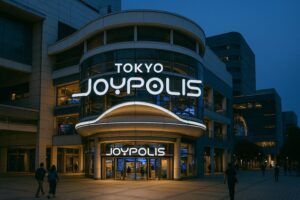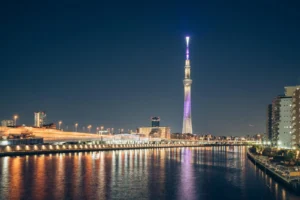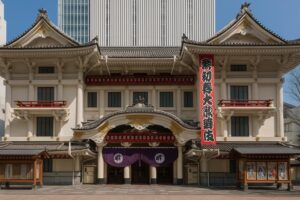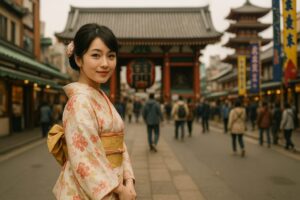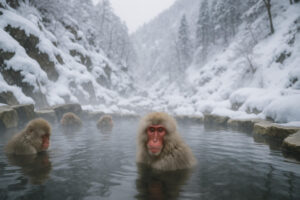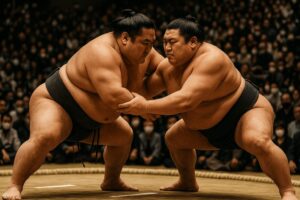Last Updated on 2025年9月22日 by Kenty
Senso-ji Temple
Complete Asakusa Cultural Guide 2025
Experience 1,400 years of history, traditional culture, and spiritual heritage in Tokyo’s most authentic district
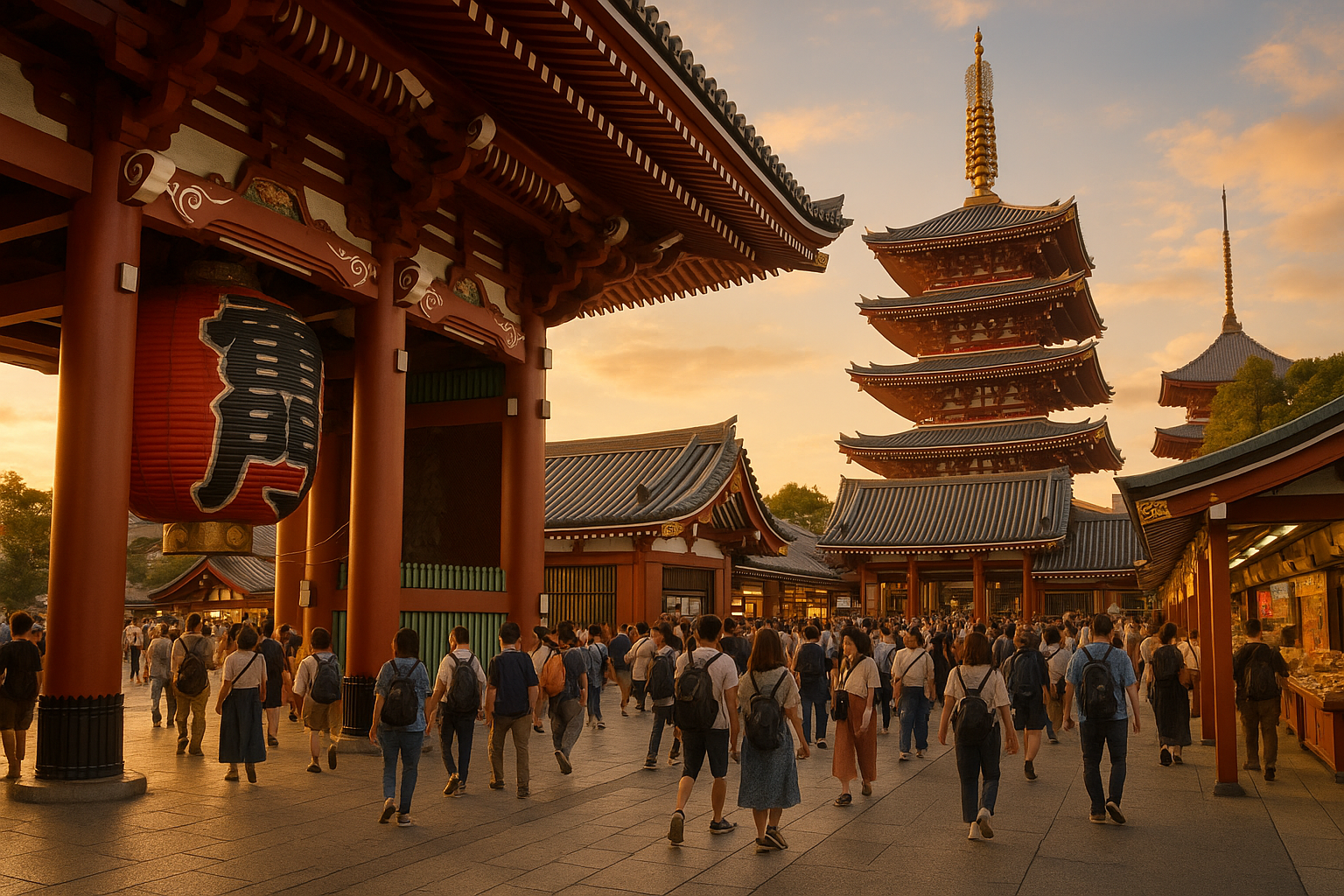
Tokyo’s Spiritual Heart
If you’re visiting Tokyo and want to experience traditional Japan, Senso-ji Temple in Asakusa is an essential destination. As Tokyo’s oldest temple, Senso-ji combines 1,400 years of history, deep spirituality, and vibrant culture — all in one remarkable location.
Whether you’re seeking spiritual experiences, cultural insights, traditional shopping, or simply breathtaking architecture, Senso-ji offers an authentic glimpse into Japan’s soul that you won’t find anywhere else in modern Tokyo.
Best Time to Visit
Early morning (6-8 AM) for peaceful atmosphere, or evening (5-7 PM) for beautiful lighting and local crowd.
Photography Tips
Golden hour provides stunning shots of the pagoda and main hall. Be respectful when photographing worshippers.
1,400 Years of History
Journey through the remarkable history of Tokyo’s oldest temple
628 AD
The Divine Discovery
Two fishermen brothers, Hinokuma Hamanari and Takenari, discovered a small golden statue of Kannon (Buddhist goddess of mercy) in their nets while fishing in the Sumida River. Local village chief Hajinomatsuchi recognized its significance and enshrined it.
645 AD
Temple Foundation
The first temple hall was built to house the sacred Kannon statue. This marked the official founding of Senso-ji, making it Tokyo’s oldest temple and predating the city of Tokyo itself by centuries.
1603-1868
Edo Period Glory
Under Tokugawa shogun patronage, Senso-ji became the center of Edo’s (old Tokyo) common people’s culture. The temple district flourished with entertainment, shopping, and festivals, establishing traditions that continue today.
1945-Present
Rebirth & Resilience
After WWII destruction, Senso-ji was rebuilt with community support, becoming a symbol of Tokyo’s resilience. Today, it welcomes over 30 million visitors annually while maintaining its spiritual significance.
Essential Highlights
Don’t miss these iconic features of Senso-ji Temple complex
Kaminarimon (Thunder Gate)
The massive red gate with its iconic giant paper lantern (chochin) is Tokyo’s most photographed landmark. Standing 11.7 meters high, the current gate was rebuilt in 1960. The lantern weighs 700kg and bears the characters “雷門” (Thunder Gate).
Nakamise Shopping Street
Japan’s oldest shopping street (250m long) connecting Kaminarimon to the main temple. Browse 90+ traditional shops selling everything from hand-crafted fans and wooden dolls to delicious ningyo-yaki (doll-shaped pastries) and fresh taiyaki.
Main Temple Hall (Hondo)
The sacred heart of Senso-ji, housing the hidden Kannon statue that has never been publicly displayed. Visitors bow, clap, and pray here following traditional Shinto-Buddhist customs. The current hall was rebuilt in 1958 with titanium roofing.
Five-Story Pagoda
A stunning 53-meter tall symbol of Buddhist architecture, rebuilt in 1973. Each floor represents the five elements: earth, water, fire, wind, and void. The pagoda is especially beautiful during sunset when illuminated against Tokyo’s skyline.
Best photographed from the temple courtyard during golden hour
Authentic Cultural Experiences
Immerse yourself in traditional Japanese culture around Senso-ji
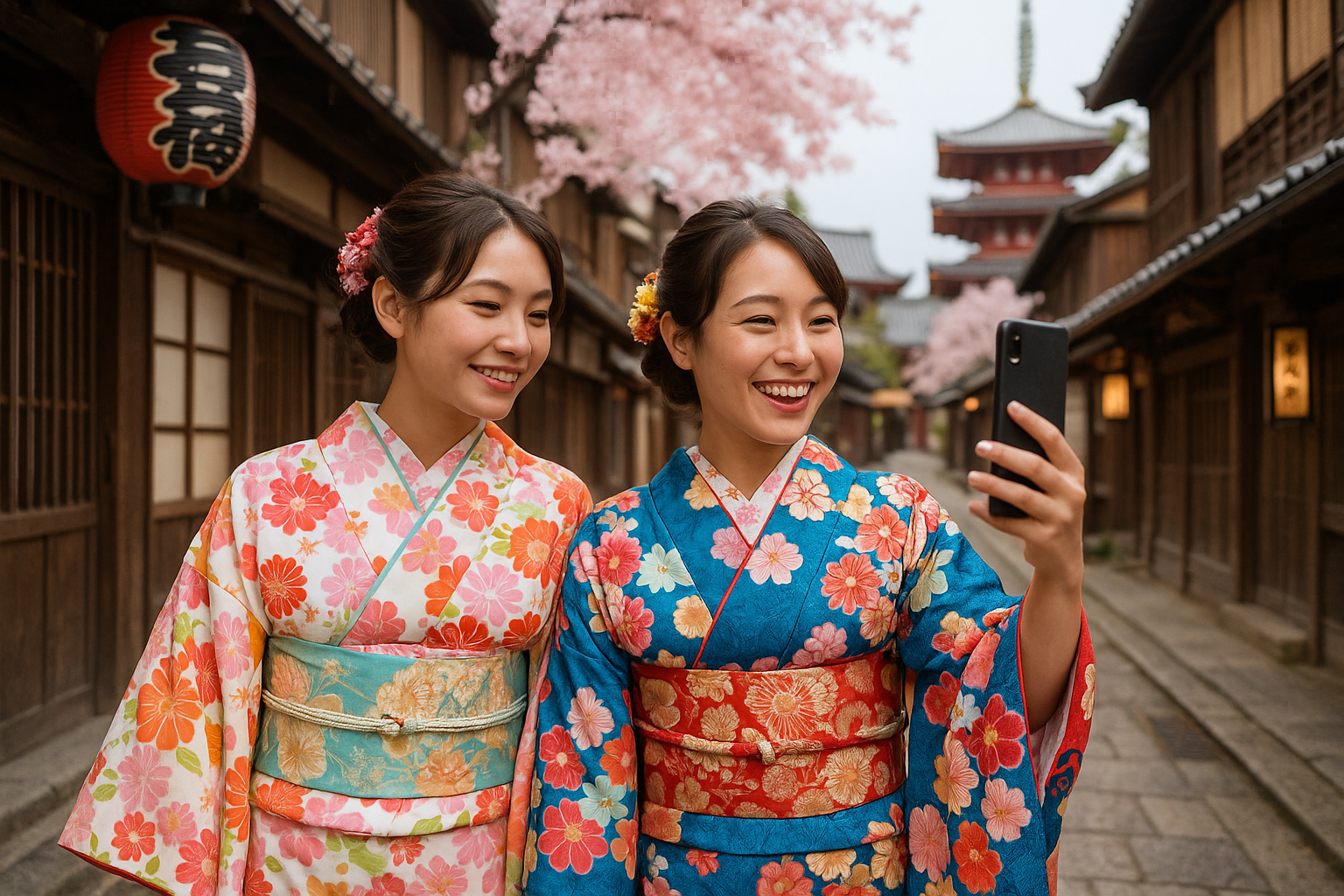
Traditional Kimono Experience
Transform your Senso-ji visit into an unforgettable cultural journey by wearing authentic Japanese kimono. Professional styling, hair arrangement, and guided photography create magical memories while exploring Asakusa’s historic streets.
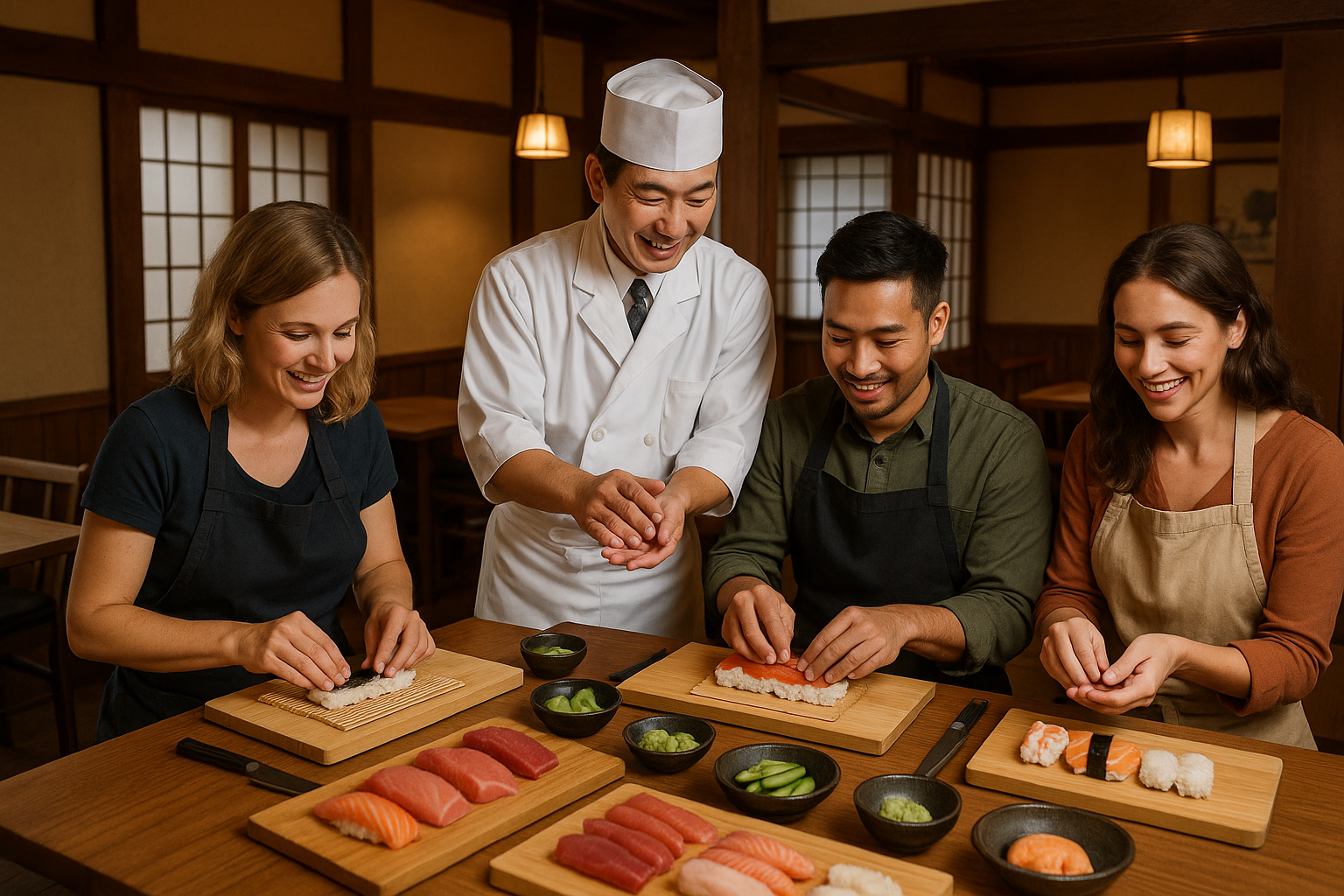
Sushi Making & Samurai Experience
Combine culinary arts with samurai culture in this unique Asakusa experience. Learn authentic sushi preparation techniques from master chefs while experiencing the disciplined spirit of Japan’s warrior class.
Spiritual Practices & Rituals
Learn how to participate respectfully in temple traditions
Omikuji Fortune
Draw a paper fortune for ¥100. Shake the hexagonal container, draw a stick, and match the number to receive your fortune. Good fortunes are kept; bad ones are tied to designated areas to leave the bad luck behind.
Dai-kichi (大吉) = Excellent luck
Kyo (凶) = Bad luck – tie it up!
Incense Ritual
At the large incense cauldron before the main hall, waft the sacred smoke over your body with your hands. This purification ritual is believed to heal ailments and bring good health to the parts of your body touched by the smoke.
Wave smoke gently toward yourself
Focus on areas needing healing
Prayer Etiquette
At the main hall, bow slightly, make a small monetary offering (usually ¥5 or ¥100), bow deeply twice, clap twice, make your prayer silently, then bow once more. Ring the bell gently if present to call the kami’s attention.
Bow → Offer → Bow → Clap → Pray → Bow
Keep prayers humble and grateful
Expert-Guided Experiences
Discover hidden meanings and cultural insights with local experts
Why Choose a Guided Tour?
Local Expert Knowledge
Learn fascinating historical details, hidden meanings behind architectural elements, and cultural significance that most visitors miss.
Hidden Gems Discovery
Access secret spots, local favorite eateries, and lesser-known temples that guidebooks don’t mention.
Cultural Context
Understand the deeper spiritual and cultural significance of rituals, customs, and architectural features.
Tour Benefits
Practical Visitor Information
Everything you need to know for a perfect visit
Hours & Access
Temple Grounds
24 hours daily
Main Hall
6:00 AM – 5:00 PM
Nakamise Street
9:00 AM – 7:00 PM (varies by shop)
Admission: Completely FREE
Pro Tips
Visit early morning (6-8 AM) for peaceful atmosphere
Golden hour (5-7 PM) perfect for photography
Bring ¥100 coins for offerings and omikuji
Wear comfortable walking shoes
Maintain respectful quiet in prayer areas
Extend Your Asakusa Adventure
Discover more attractions within walking distance
Tokyo Skytree
Just a 15-minute walk from Senso-ji, Tokyo Skytree offers breathtaking panoramic views of the city. The world’s second-tallest structure provides a perfect contrast between traditional Asakusa and modern Tokyo.
Sumida River
Scenic river cruises offering unique views of Tokyo’s skyline and traditional architecture from the water.
Sumida Park
Beautiful riverside park, especially famous during cherry blossom season with over 700 sakura trees.
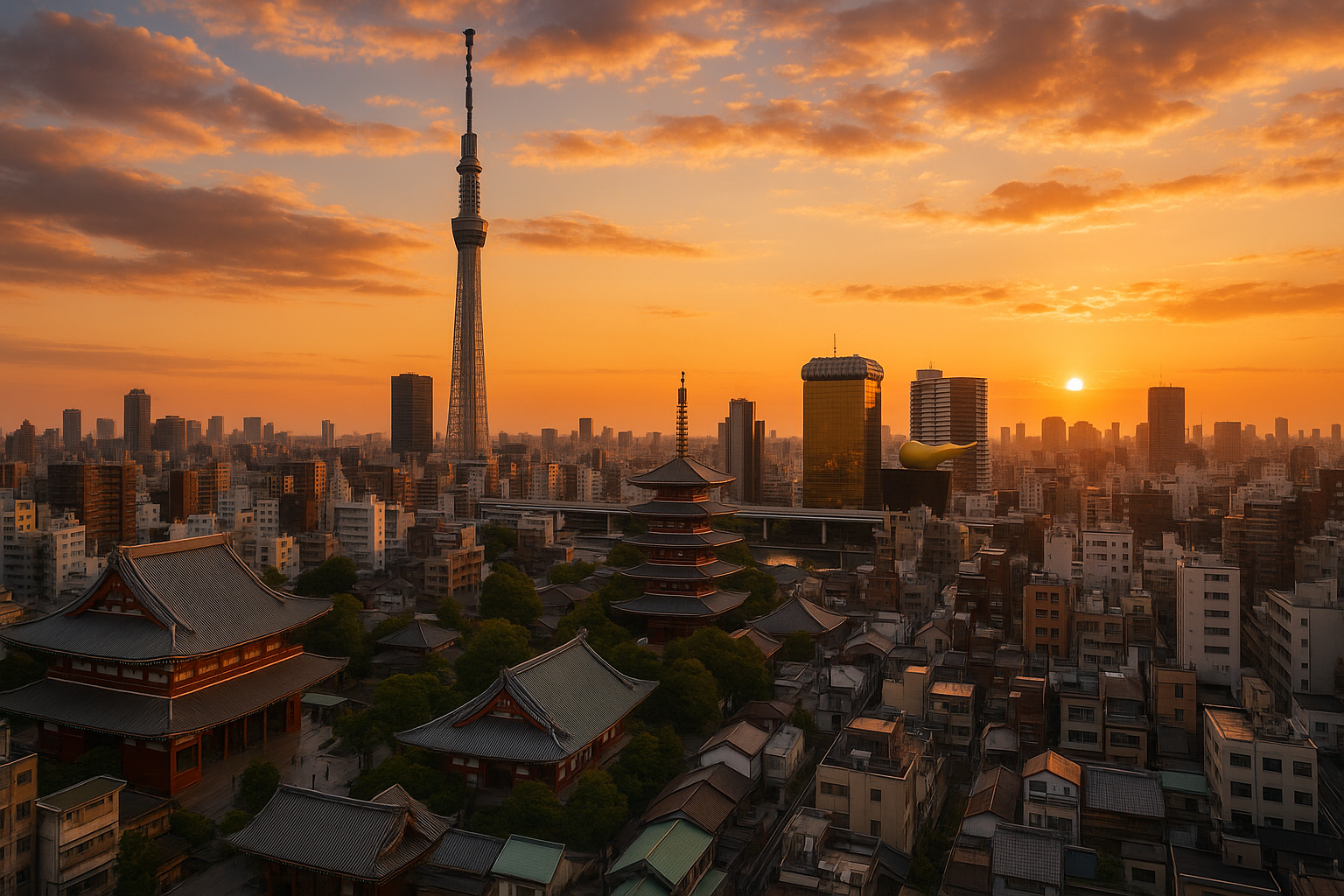
Traditional Food & Shopping
Authentic tastes and crafts from Nakamise Street and beyond
Must-Try Traditional Snacks
Ningyo-yaki (人形焼)
Doll-shaped sponge cakes filled with sweet red bean paste. These Asakusa specialty treats are baked fresh throughout the day and make perfect souvenirs.
¥200-300 per boxTaiyaki (鯛焼き)
Fish-shaped pastries with warm fillings like red bean, custard, or seasonal flavors. Best enjoyed hot from the griddle.
¥150-200 eachMelon Pan (メロンパン)
Crispy, cookie-crusted sweet bread that’s been a Japanese favorite for generations. The original Asakusa version is exceptionally fresh.
¥120-180 eachAuthentic Souvenirs & Crafts
Hand-painted Folding Fans (扇子)
Beautifully crafted folding fans with traditional designs. These functional art pieces are handmade by local artisans using techniques passed down for centuries.
¥800-3,000Wooden Kokeshi Dolls
Traditional wooden dolls with simple, elegant designs. Each doll is hand-carved and painted, representing different regions and artistic styles.
¥500-2,500Furoshiki Wrapping Cloths
Eco-friendly traditional Japanese wrapping cloths with beautiful patterns. Perfect for gift wrapping or as decorative pieces.
¥600-1,800Seasonal Events & Festivals
Experience Senso-ji’s vibrant festival calendar throughout the year
Spring (March-May)
Cherry Blossoms: Late March – Early April
Hanami Festivals: Peak bloom periods
Kanzaki Daishi Fair: Monthly temple market
Summer (June-August)
Sanja Matsuri: Mid-May (Tokyo’s biggest festival)
Tanabata: July 7th star festival
Summer Festivals: Evening celebrations
Autumn (September-November)
Autumn Leaves: November peak colors
Chrysanthemum Festival: Traditional flower displays
Harvest Celebrations: Food festivals
Winter (December-February)
New Year (Hatsumode): Biggest crowds of the year
Winter Illuminations: December-February
Setsubun: Bean throwing ceremony
Special Festival Highlight
Sanja Matsuri (三社祭)
Tokyo’s most famous and energetic festival takes place in mid-May, attracting over 2 million visitors. Three portable shrines (mikoshi) are carried through Asakusa’s streets by thousands of participants in traditional clothing.
When: Third weekend of May
Participants: 40,000+ locals and tourists
Duration: 3 days of continuous celebration
Festival Schedule
Ready to Experience Senso-ji Temple?
Discover 1,400 years of history, participate in sacred rituals, and immerse yourself in authentic Japanese culture at Tokyo’s most spiritual destination.
Address: 2-3-1 Asakusa, Taito City, Tokyo 111-0032, Japan
Access: Asakusa Station (Ginza, Asakusa, and Tobu Lines)
Complete Your Tokyo Experience
Discover more authentic Tokyo adventures and cultural experiences
Tokyo Budget Food Guide
Discover the best cheap eats under ¥1000 near Senso-ji and throughout Tokyo
Kimono Rental Asakusa
Complete guide to renting authentic kimono for your Senso-ji temple visit
Tokyo Skytree Guide
Visit Tokyo’s iconic tower just 15 minutes walk from Senso-ji Temple
Asakusa Onsen Hotels
Traditional hot spring hotels near Senso-ji for authentic Japanese accommodation
Narita to Tokyo Guide
Complete transportation guide from Narita Airport to Asakusa and Senso-ji
Tokyo Cherry Blossoms
Best hanami spots including Senso-ji area during cherry blossom season
浅草寺
Senso-ji Temple Complete Guide
© 2025 Tokyo Cultural Guide. Experience authentic Japan at Tokyo’s oldest temple.
Discover the beauty of traditional Japanese culture, spirituality, and history in the heart of modern Tokyo
